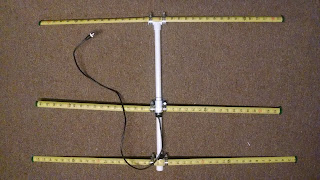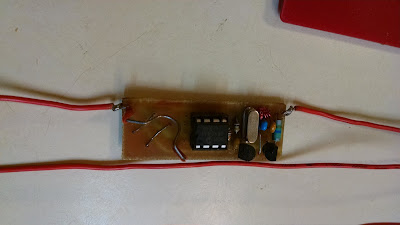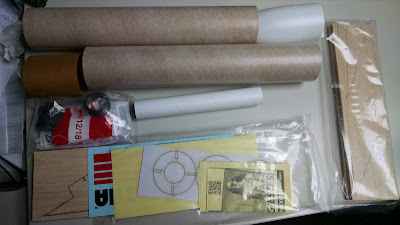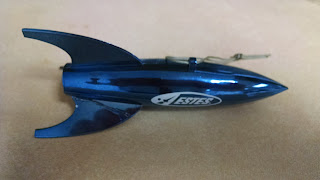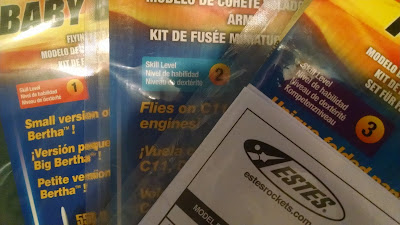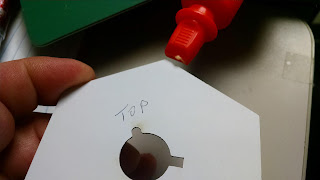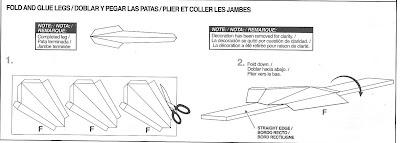The New Year's Eve Parachute
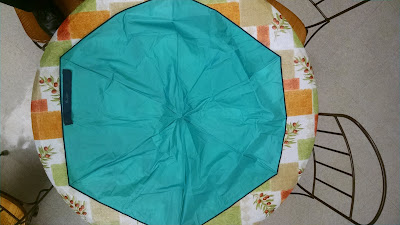
The Thrifty Rocketeer continues... An amusing follow up to my earlier blog entry about umbrella parachutes. Just yesterday, as I was driving into work, I passed something on the roadway as I hit the entrance ramp to the expressway. This is the same location where I stumbled across a crushed Alpha II rocket several months ago. (It was pretty trashed, but someone had written "Have a Nice Day" on the nosecone. But that's another story.) I'm not sure why I noticed the aqua-blue material along the roadway, but something registered in the back of my mind. I made a mental note and hoped it would be there on the way back, cause I was already up to 40 mph and accelerating in traffic up to the highway. Sure enough, coming back after midnight, I took the exit ramp, turned onto the shoulder and slowly inched toward the entrance point. There it was. I turned on the flashers and trotted along the berm of the deserted roadway to where it was pinned in my headlights.
